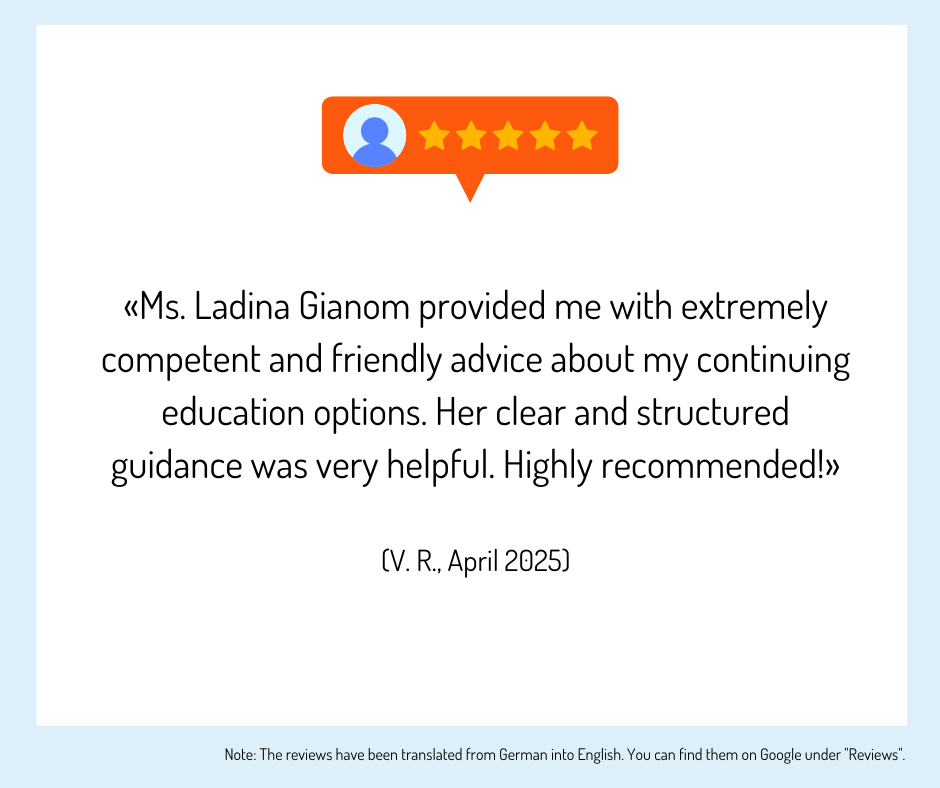Spanish language courses: offers, questions and answers, information
Discover language travel in Spanish-speaking countries
Questions and answers
Do I have to take out insurance for Spanish language courses?
Are meals included in the price of a Spanish course?
This is not standardized for adult Spanish language trips. With host families, you will usually be offered breakfast in any case, as well as dinner under normal circumstances. You will have to take care of lunch yourself. In shared flats (WGs), student residences or all other types of accommodation, you are usually self-catering and can either use the kitchen to cook your own meals or, if available, use the cafeteria in the student residences or on campus at a reduced price.
In which countries can I take a Spanish course?
- Spain
- Colombia
- Mexico
- Costa Rica
- Bolivia
- Peru
- Cuba
- Dominican Republic
- Chile
- Argentina
- Puerto Rico
What does the option "at the teacher's home" mean?
Will I receive a certificate at the end of my language study trip?
Experiences, evaluations and opinions on training / further education
Haven't found the right training or further education yet? Benefit from educational advice now!
Further training is not only important in order to maintain or increase professional attractiveness, investing in training or further training is still the most efficient way to increase the chances of a pay rise.
The Swiss education system offers a wide range of individual training and further education opportunities - depending on your personal level of education, professional experience and educational goals.
Choosing the right educational offer is not easy for many prospective students.
Which training and further education is the right one for my path?
Our education advisory team will guide you through the "education jungle", providing specific input and relevant background information to help you choose the right offer.
Your advantages:
You will receive
- Suggestions for suitable courses, seminars or training programs based on the information you provide in the questionnaire
- An overview of the different levels and types of education
- Information about the Swiss education system
We offer our educational counseling in the following languages on request: French, Italian, English
Register now and concretize your training plans.

Immediately to the right training
Attraktive Services für SKO Mitglieder
Kostenlose Services
» Bildungsberatung (Wert: CHF 150.–)
Bildungs- und Businessratgeber (Wert: CHF 175.–)
» Rabatte
Attraktive Rabattierungen seitens der Bildungsanbieter.
Massgeschneiderte Bildungsangebote
Ohne grossen Zeitaufwand den besten Trainer, Coach oder Schulungsanbieter finden
Bildungsangebot Schweiz
Aus über 700 Bildungsanbietern das richtige Bildungsangebot finden



